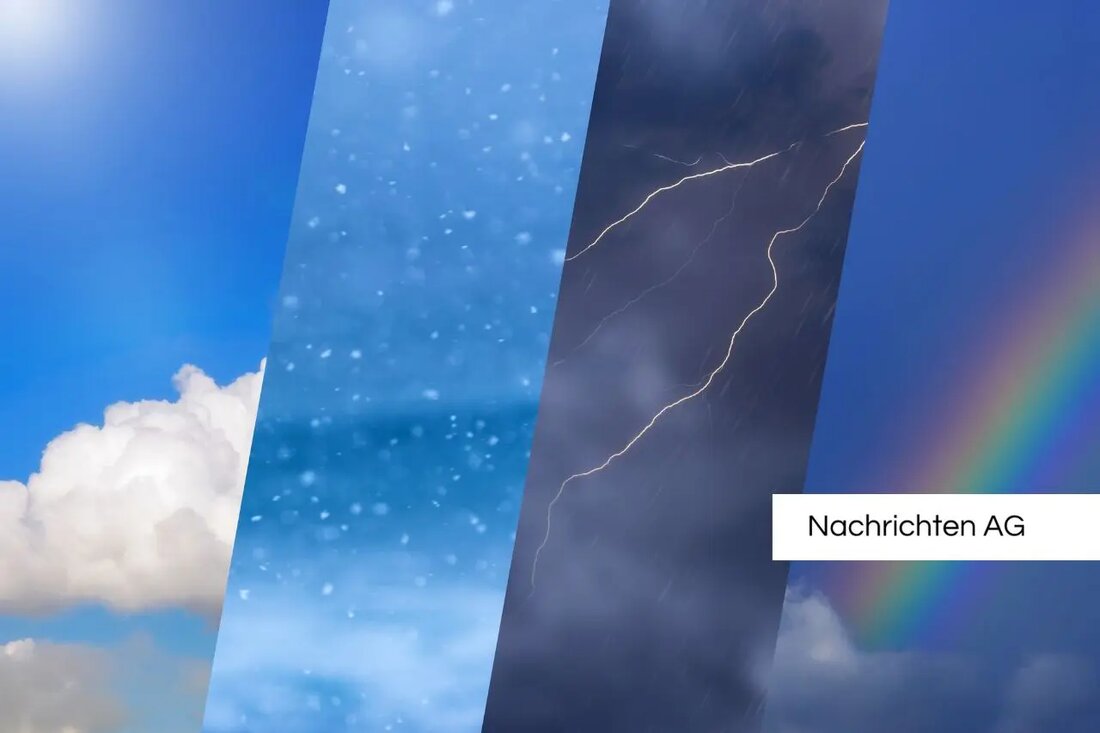Sunny days in Hesse: But frost and cold threaten in May!
Sunny days in Hesse: But frost and cold threaten in May!
in Gießen, Marburg, Wetzlar and the surrounding region, the residents can count on sunny weather and temperatures of up to 28 degrees on April 29, 2025. The German Weather Service (DWD) has predicted a temperature increase for the coming week, whereby the temperatures on May 1st should remain stable and still warm. Diploma meteorologist Dominik Jung already warns of a drastic crash that could hit the region after the warm days. This is predicted by a decline of 15 to 20 degrees, which would be surprising for many residents.
The weather conditions in Hesse is currently evident from a positive side. The temperatures were between 20 and 23 degrees on Monday, April 28th, while it was about 18 degrees on the Wasserkuppe. At night, the thermometer dropped to values between 10 and 5 degrees in the south and up to 4 degrees in the north. The warm days continued on Tuesday, April 29, and Wednesday, April 30th, where sympathetic temperatures between 22 and 27 degrees are still expected.
The upcoming weather turnaround
But the apparent spring could soon come towards an abrupt end. From May 1st, a weather turnaround can be expected that not only goes hand in hand with a temperature fall, but also the risk of soil and air frost in cold stones. A massive advance of polar air is seen as the main cause of this sudden temperature leap. Weather models already show significant temperature reductions for the nights before and after the coming weekend. On Monday, May 5th, close to 0 degrees is expected at a height of 2 meters, which increases the risk of ground frost, especially in areas used.
This drastic change could result in massive consequences for agriculture. Flowering plants and young shoots are particularly at risk. According to Jung, there is a risk that orchards, wine -growing areas and freshly outdated fields, in particular. Agricultural scientists emphasize the need for farmers to exercise maximum attention in this critical phase to minimize possible damage by the frost.
climate change and its effects
The upcoming cold slump is not only seen as a short -term weather phenomenon, but also seen in the context of climate change. Experts postulate that the more frequent extreme weather events - such as the soon return of the polar air - reflect typical patterns of the changing climate. Fortunately, there are also positive aspects that were caused by the temperature rise, such as an extended vegetation phase that enables multiple harvests per year and brings higher yields in northern areas. Nevertheless, the earlier flower makes many fruit trees more susceptible to late frosts, which imposes additional challenges for farmers.
To secure the harvest, farmers are now taking a wide range of measures to counter the risks of extreme weather conditions. This includes frost protection precautions, such as frost protection, and the use of hail protection networks in fruit growing. Irrigation systems for potatoes are also increasingly used to adequately meet the challenges of climate change. Climate change forces agriculture to continuously adapt in order to maintain both yield and quality.
The next few days will remain exciting and challenging for the residents and farmers in Gießen, Marburg and Wetzlar, who both enjoy the sun and have to be prepared for the upcoming weather extreme. Nature is once again unpredictable, and the predictions of meteorologists underline the urgency to deal with the effects of climate change.
| Details | |
|---|---|
| Quellen | |


Kommentare (0)